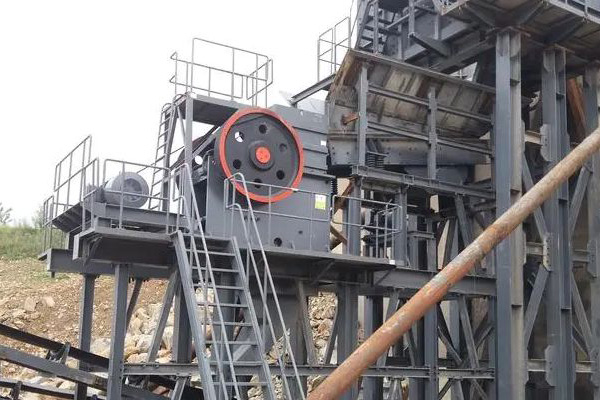The discharge setting of a mining jaw crusher is an important factor that directly influences the size and quality of the final output material. It refers to the distance between the movable and stationary jaw at the bottom of the crushing chamber, which determines the size of the product being discharged. The discharge setting, or closed-side setting (CSS), can be adjusted to control the output size of the crushed material, which is crucial for various applications in the mining industry.

Importance of the Discharge Setting
- Product Size Control: The discharge setting plays a vital role in controlling the size of the material exiting the crusher. By adjusting the CSS, operators can produce different sizes of crushed material, which is necessary for meeting specific customer or project requirements. For instance, a smaller discharge setting will produce finer material, while a larger setting will produce coarser material.
- Optimization of Crushing Process: Proper adjustment of the discharge setting ensures that the crusher operates efficiently. A setting that is too tight may lead to excessive wear on the jaw plates, increased power consumption, and overheating. On the other hand, a setting that is too wide can lead to undersized product and reduce the overall throughput of the plant. Maintaining an optimal discharge setting helps in maximizing the crusher’s efficiency and ensuring that the material is crushed to the desired size.
- Reduction in Over-sized Material: Over-sized material can affect downstream processes such as screening, sorting, and conveying. By controlling the discharge setting, operators can ensure that the crusher produces a consistent and uniform product size, which reduces the need for further processing and increases the efficiency of the overall operation.
How the Discharge Setting is Adjusted
- Manual Adjustment: On older or simpler jaw crushers, the discharge setting can be adjusted manually using a mechanical screw or wedge system. This typically involves loosening the bolts or nuts that secure the crusher’s jaw assembly, adjusting the distance between the jaws, and then tightening the bolts again to lock the setting in place. This method can be time-consuming and requires the crusher to be stopped during the adjustment.
- Hydraulic Adjustment: More modern jaw crushers often come equipped with hydraulic systems that allow for faster and more precise adjustments of the discharge setting. These systems use hydraulic cylinders to automatically adjust the distance between the jaws, making the process faster and reducing downtime. Hydraulic settings can be fine-tuned while the crusher is operating, offering greater flexibility in adjusting the discharge size.
- Automatic Adjustments: Some high-end crushers feature advanced automation systems that continuously monitor the performance of the crusher and adjust the discharge setting in real-time to maintain optimal crushing conditions. These systems use sensors to detect changes in feed size, crusher performance, and wear, and automatically make adjustments to maintain the desired product size.
Factors Influencing the Discharge Setting
- Material Hardness: The hardness of the material being processed plays a key role in determining the appropriate discharge setting. Harder materials may require a tighter setting to ensure efficient crushing, while softer materials can often be processed with a wider setting.
- Feed Size: The size of the incoming material also affects the discharge setting. Larger feed sizes often require a wider discharge setting to allow for easier passage of the material through the crusher.
- Jaw Plate Wear: As jaw plates wear over time, the gap between the jaws naturally increases. This results in a coarser output, and operators may need to adjust the discharge setting periodically to compensate for the wear.
- Desired Output Size: The end product size requirement is a critical factor in determining the discharge setting. If a finer product is needed, the discharge setting should be set tighter. Conversely, if coarser material is acceptable, a wider discharge setting may be appropriate.
The discharge setting of a mining jaw crusher is a critical component that directly impacts the performance and efficiency of the crushing process. Properly setting the discharge gap ensures that the crusher operates at optimal levels, produces the desired product size, and minimizes wear on the crusher components. Regular monitoring and adjustment of the discharge setting, combined with an understanding of the material properties and operational goals, will lead to a more effective and efficient mining operation.
